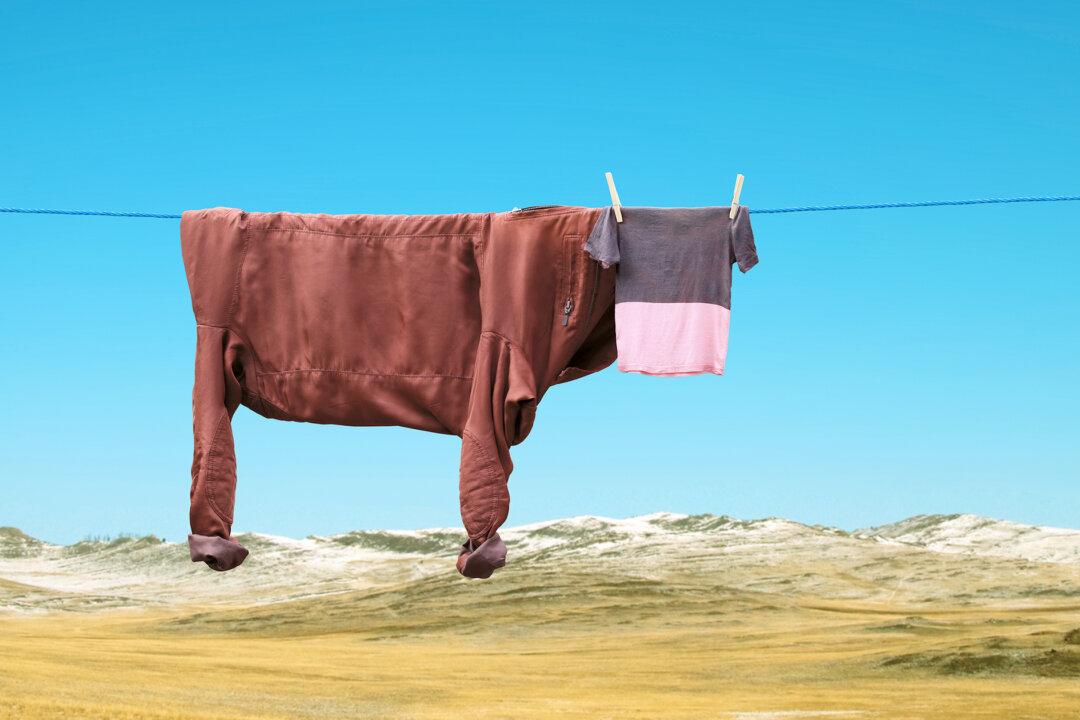Bringing whimsy to the mundane, a Russian-born, London-based artist is making art from household items such as laundry, furniture, and food. Her unique movement, donned “household surrealism,” has garnered an international fanbase.
Helga Stentzel, 38, is hugely inspired by everyday life. She was running a company designing and selling children’s clothes and accessories, and in order to promote that, she started an Instagram page. But then she realized her customers wanted more.





